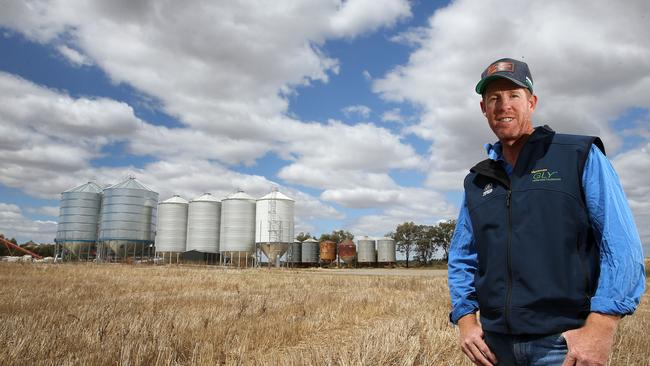Barley in demand on world stage
China’s 2020 barley tariff caused the trade to almost disappear overnight, but a silver lining has emerged as Aussie growers turn to a new overseas market.
New and emerging export markets for barley could be the silver lining of the punitive tariffs imposed by China in 2020.
At the time, the news was disastrous with the $1 billion trade almost disappearing overnight when the 80.5 per cent tariff was applied – but it did encourage Australia to seek out new export opportunities.
Department of Agriculture trade data shows that, in the past three years, the Latin America market grew by 416 per cent to return a value of more than $256 million.
The department attributed the rise in 2022-2023 to Australia’s high levels of production and the redirection of barley from Chinese markets.
Australia has also emerged as the primary supplier of barley to Mexico, Peru and Ecuador. Australian barley accounted for 95 per cent of the value of Mexico’s barley imports in 2022, which equated to $US$145.5 million.
Domestically, barley returns have dropped in the past three months, with farmers experiencing a $40 a tonne price slide.
Market Check chief executive officer Nick Crundall said the prices had fallen due to the weaker offshore market.

He said diversification of international markets had helped Australian barley. However, China was the main purchaser and secured up to 80 per cent of the exports.
“Latin America is good, but it isn’t enough to move the market significantly,” he said.
“Everyone is looking at how much barley China is going to buy from here on in.”
Since the tariffs were removed in August last year, China has returned as Australia’s biggest customer, accounting for up to 80 per cent of the nation’s barley trade.
Australian barley, graded from malt to feed quality, can find its way into markets for many uses from stock feed to beer.
Mr Crundall said barley prices were trending at $320 at port in Victoria, a drop of $30 to $40 from harvest last year.

Southern NSW farmer Ben Langtry of Marrar said he sold all his barley at harvest.
He said if he had held barley and stored it on farm the price per tonne would be at least $40 a tonne less.
The crop performed well on his property and returned an average yield of 5t/ha, with the best paddocks recording up to 5.8t/ha.
“Barley has been a good crop for us. It will be in the rotation again this year, and we will increase the area sown by 20 per cent,” he said.
NSW Farmers grains committee chairman Justin Everitt of Brocklesby said the price difference per tonne between wheat and barley was about $30.
He said barley had performed well in regards to yield and price. He attributed the current price drop to farmers having done an excellent job and grown high-yielding crops.
“Farmers are good at their job; we have improved out of success, but (sometimes) we are a victim of our success,” he said.




